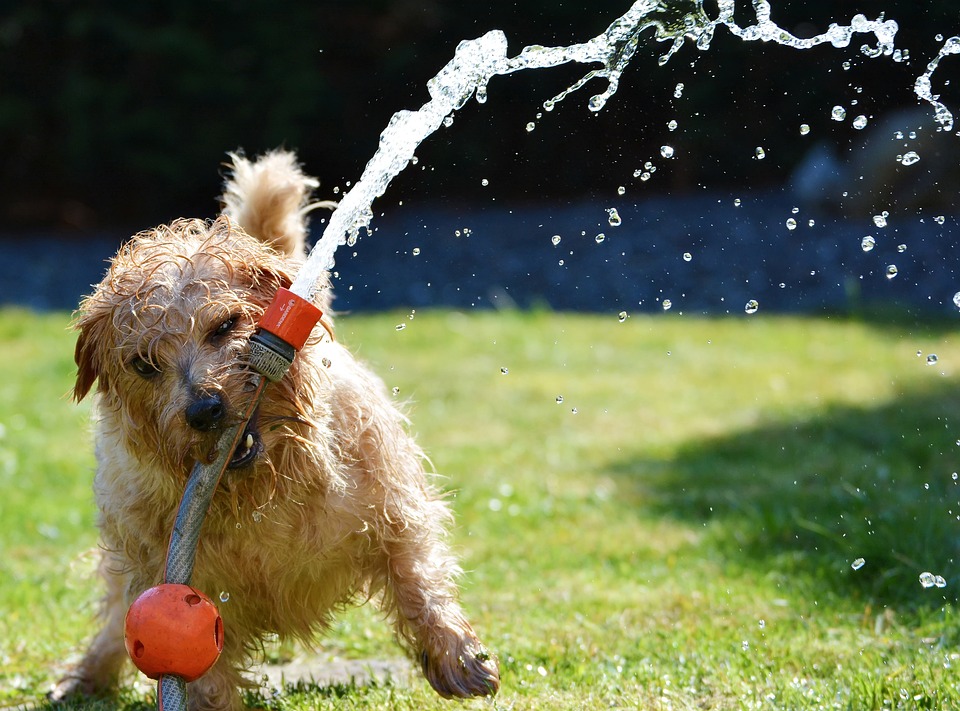Addressing Fear of Other Dogs and Socialization Issues in Dogs
Introduction:
Understanding the root causes of fear and socialization issues in dogs is crucial for pet owners who want to ensure their furry friends live happy and balanced lives. This article aims to provide valuable insights into addressing these concerns effectively, promoting healthy socialization, and ultimately fostering positive and confident behavior in dogs.
I. Recognizing Fear and Socialization Issues in Dogs
1.1 Understanding Fear in Dogs:
– Body language cues indicating fear
– Common triggers of fear in dogs
– The impact of fear on a dog’s behavior
1.2 Identifying Socialization Issues:
– Signs of poor socialization in dogs
– The importance of early socialization
– Consequences of inadequate socialization
II. Strategies to Address Fear and Socialization Issues
2.1 Gradual Exposure and Desensitization:
– Introduction to systematic desensitization
– Creating controlled and positive experiences
– Gradually increasing exposure to trigger situations
2.2 Counterconditioning Techniques:
– Pairing positive associations with feared stimuli
– Implementing reward-based training methods
– Building confidence through positive reinforcement
2.3 Seeking Professional Help:
– Consulting a certified professional dog trainer
– Benefits of working with an experienced behaviorist
– Customized behavior modification plans
III. Frequently Asked Questions (FAQs)
3.1. How long does it take to address fear or socialization issues in dogs?
– Factors influencing the timeline of progress
– Importance of consistency and patience
3.2. Can socialization issues be resolved in adult dogs?
– Challenges associated with socializing adult dogs
– Techniques to gradually introduce socialization
3.3. Are there any breeds more prone to fear or socialization issues?
– Breeds known to be more susceptible to anxiety
– The role of genetics and early experiences
3.4. Can fear or socialization issues be completely eliminated in dogs?
– Realistic expectations for rehabilitation
– Focus on improving the dog’s quality of life
Conclusion:
By recognizing the signs of fear and socialization issues in dogs, pet owners can take proactive steps to address these concerns effectively. Implementing gradual exposure, counterconditioning techniques, and seeking professional help when needed, can greatly improve a dog’s behavior and overall well-being. Remember, every dog is unique, and patience, consistency, and positive reinforcement are essential for successful behavior modification.









